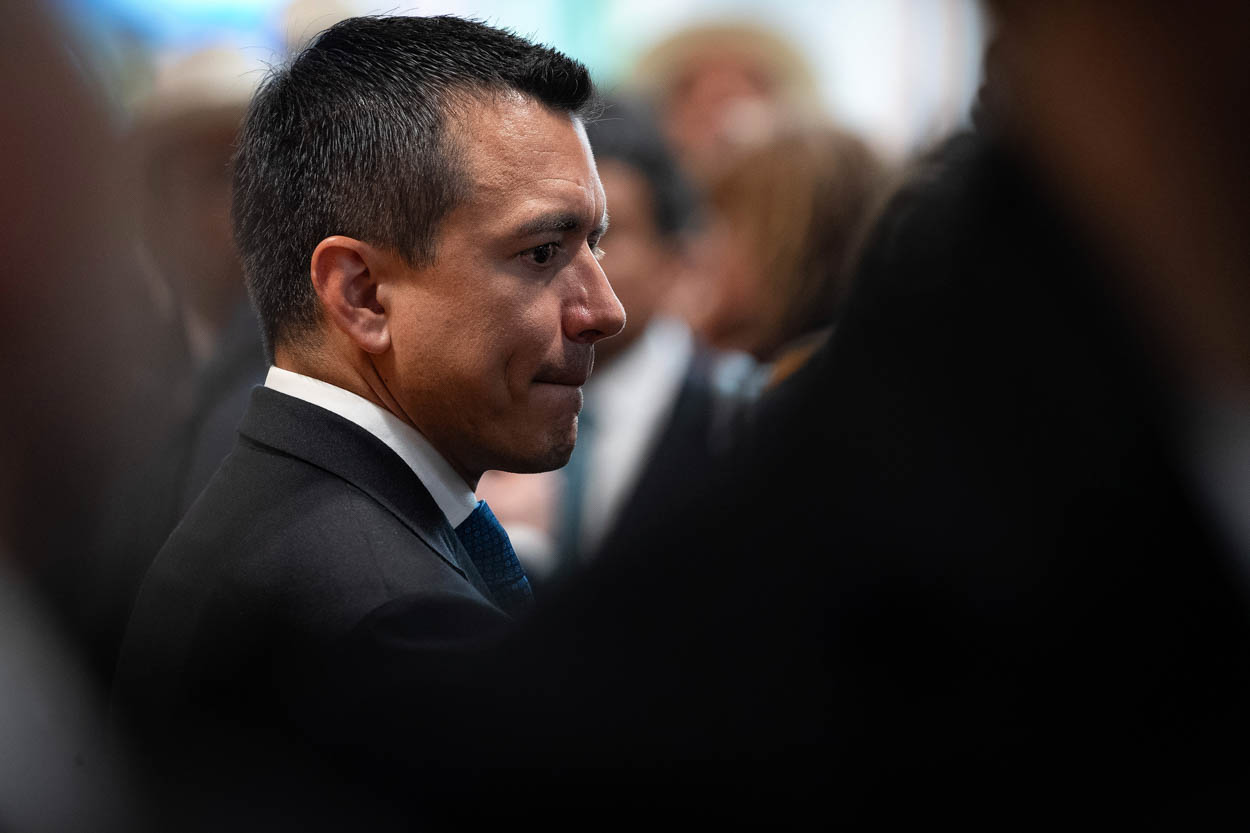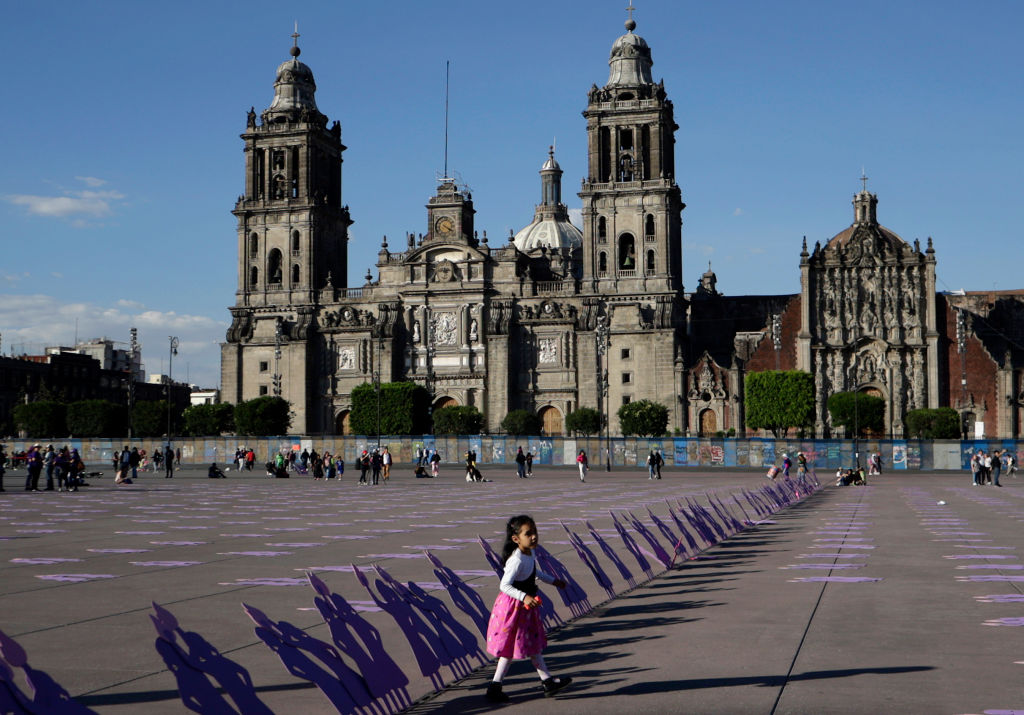Let's Stop "Conflict Drugs" in Central America
Let's Stop "Conflict Drugs" in Central America
Violence has spiked and people are dying gruesome, preventable deaths in Central America, Mexico, and elsewhere as a result of U.S. consumer tastes. Blood diamonds? No, conflict drugs, writes COA's Eric Farnsworth for The Huffington Post.
Central America is at a dangerous crossroads. So says a report that has just been issued by the U.S. Senate Caucus on International Narcotics Control. A region that many Americans have given little thought to since the 1980's is being overwhelmed by the illegal drugs trade. Situated between the world's largest regional producer of cocaine -- the Andean nations -- and the world's largest consumer -- the United States -- Central America lies squarely on the path from one to the other. As Mexico has cracked down on the drugs trade, it was virtually inevitable that Central America would be exploited by traffickers seeking more permissive environments to move their products.
As a result, the region has become more violent than Mexico and one of the most dangerous places on earth. In Honduras, there were 77 murders per 100,000 inhabitants in 2010; El Salvador and Guatemala had "only" 66 and 50 per 100,000 respectively. In contrast, Mexico had 18 murders per 100,000 people in 2010. A region of great policy interest to the United States historically is being challenged to its core. After a generation of bipartisan effort to midwife democracy in Central America, the institutions of these mostly young, fragile democracies are being hollowed out, corrupted by the drug traffickers and their allies. Impunity is rampant, and the police and security forces in several countries have been penetrated -- loaned, in the vernacular -- to the drug gangs. Even as the hemisphere celebrated the 10 year anniversary of the Inter-American Democratic Charter in September, the health of democracy in Central America and the ability of democracy to deliver a better life for its citizens is increasingly uncertain.
High-level attention is now turning to the region; Secretary of State Hillary Clinton recently met with regional counterparts to discuss the Central American Regional Security Initiative, and the United States has pledged some $300 million to the effort, leveraging additional funds from others including the World Bank and Inter-American Development Bank for an effort totaling around $1 billion. This is real money, especially in a time of deep fiscal austerity in the United States and elsewhere.
As we've seen from recent experience in getting assistance to Mexico to fight the drug traffickers, however, it takes time for funds to be obligated, equipment to be procured and delivered, personnel to be vetted and trained, and unforeseen challenges to be overcome.
In the meantime, more can and should be done. Creative thinking to address a common threat is required. From the United States, in addition to the important steps agreed recently by regional leaders, we can do more to reduce the demand for drugs at home and the supply of weapons and illicit funds abroad. For example, we can begin to link illegal drug use publicly to death and destruction in Central America and the broader region, much as the blood diamond and conflict minerals campaigns have effectively done in parts of Africa. It would be refreshing, for instance, for one of the frequently spotted "celeb-vocate" visitors to Washington to bring a message of concern about the devastating impact of drug use in the United States on the countries situated between source and consuming nations, much as Robin Wright has recently done for conflict minerals and Bo Derek has done for environmental issues in Ecuador. Violence has spiked and people are dying gruesome, preventable deaths in Central America, Mexico, and elsewhere as a result of U.S. consumer tastes. Blood diamonds? No, conflict drugs.
We can do other things, too. In the interim time period it takes to procure new material for Central America, an area which the Senate report identifies as unnecessarily cumbersome, we can consider the transfer of excess equipment, as appropriate, from the downsizing of the effort in Iraq where, according to press reports, a mad dash is now underway to dispose of unneeded stocks. In particular, mobility and communications equipment would be useful for a region with vast un-policed and under-resourced areas. Yet even as we supply this needed equipment, we must also do a better job working to prevent the supply of guns and other weaponry to the region. Re-imposing the ban on assault-style weapons, which frequently leak from the United States to Mexico and to Central America, would help significantly, as would closing the gun show loophole and eliminating straw purchases. Otherwise, criminals will continue to have access to firepower that can challenge the ability of the state to control its own territory, as in Guatemala, one of the key indicators of a failing state.
Of course, the region too has obligations, not the least of which is raising additional resources on its own behalf. Taxes remain arbitrary and easily evaded, and the revenue base in each country must be increased, and revenues applied to enhanced security. Lessons learned from others, for example Colombia and Mexico, should be applied to the effort in Central America. Police units must be vetted and professionalized, as must all the organs involved in the administration of justice. Despite the history of authoritarian regimes in Central America, there is a role, too, for professionalized, vetted militaries, particularly in border control and sea-borne operations.
Most importantly, the region must begin to think and act regionally, to improve coordination and effectiveness, create economies of scale, and reduce the ability of the drug traffickers and illegal gangs to arbitrage the institutions of governance from one nation to the next in a bid to exploit weaknesses wherever they may exist. Traditionally, Central America's greatest challenge has been a desire to act as five (or seven, depending on who is counting) independent states, rather than as a more unified whole. Success against the cartels will not come unless a greater regional consciousness evolves. This might well need to include a willingness to consider new steps, such as the acceptance of security forces from each other as part of a multi-national police force, as has been done in Haiti, which heretofore would have been considered an infringement of national sovereignty. The alternative is to continue losing sovereignty -- the ability to control your own state and determine its actions -- to the cartels.
Clearly, the challenge before us collectively is immense. Nobody should underestimate the effort that will be required. These are some ideas; there are others, too. The key is that we begin to work together, with purpose and resolve, in order to address the issues effectively and successfully. The longer we wait, the harder it will become.
Eric Farnsworth is vice president of Council of the Americas. He served in the White House from 1995 to 1998 as a senior advisor on hemispheric policy issues.







